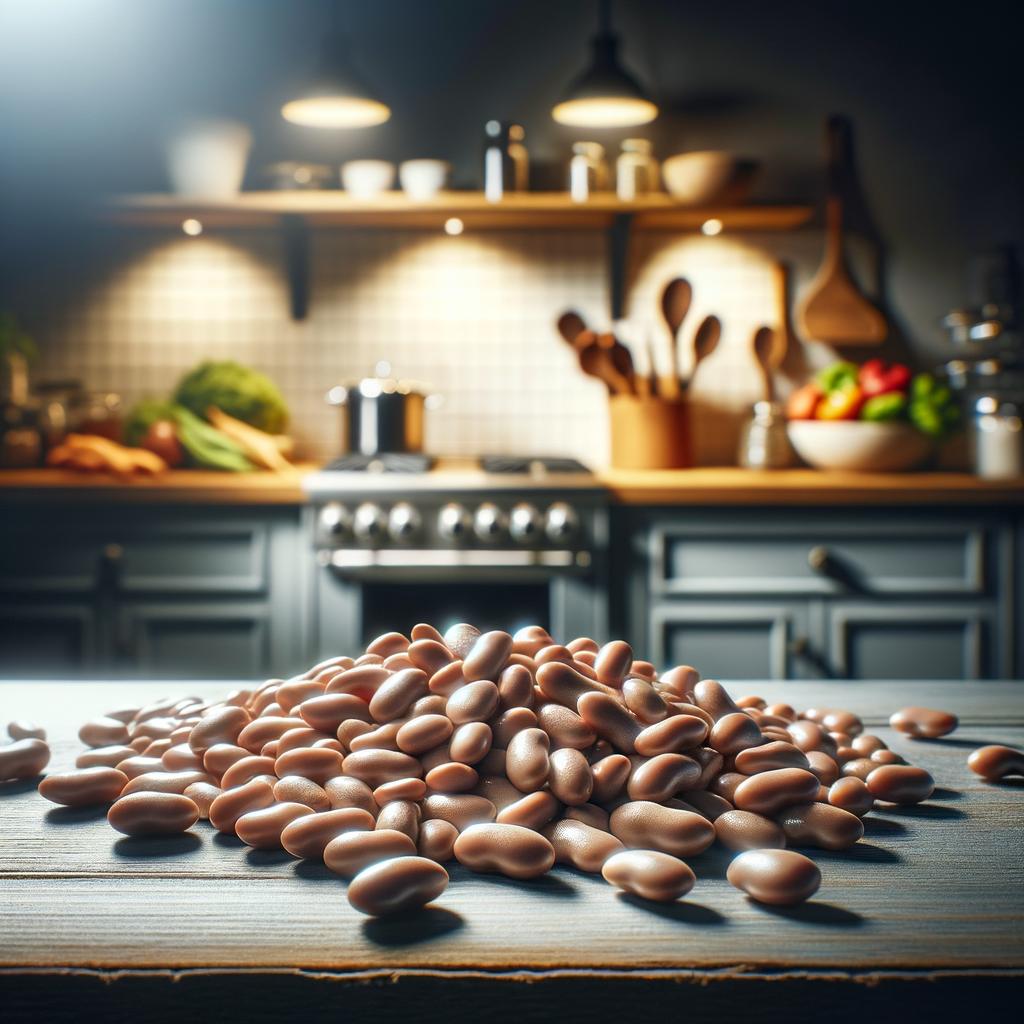Leftover Beans

Description
Leftover beans, a humble yet versatile ingredient, are often found nestled in the corners of our refrigerators. They come in a variety of shapes, sizes, and colors, from the small and round navy beans to the large, kidney-shaped red beans. Their texture is soft and creamy, providing a satisfying mouthfeel, while their flavor profile is subtly earthy and comforting, capable of adopting a myriad of flavors from the ingredients they are paired with. What sets leftover beans apart from their freshly-cooked counterparts is their enhanced flavor, as they have had more time to absorb the seasonings and spices they were cooked with, resulting in a richer, deeper taste.
Primary Uses
Leftover beans are a culinary chameleon, fitting seamlessly into a wide range of cuisines and dishes. They can be mashed and spread on toast for a quick, nutritious breakfast, tossed into salads for added protein, or pureed into soups for a creamy, satisfying base. In Mexican cuisine, they are often refried and served as a side dish or used as a filling for burritos. In Italian cuisine, they are used in pasta e fagioli, a hearty pasta and bean soup. Beyond their culinary uses, beans are also used in some cultures for counting games and as filling for toys and pillows.
History
Beans have a rich history, dating back to ancient times. They were one of the first crops cultivated by humans, with archaeological evidence showing their use in the Middle East 7,000 years ago. Over time, their use spread across the globe, with each culture adopting and adapting beans into their cuisine in unique ways. In many cultures, beans have been associated with longevity and health, and have often been used in folktales and myths as symbols of transformation and magic, such as in the famous story of Jack and the Beanstalk.
Nutritional Information
Leftover beans are a nutritional powerhouse, packed with protein, fiber, and a variety of vitamins and minerals, including B vitamins, iron, and potassium. They are low in fat and calories, making them a healthy choice for those watching their weight. Their high fiber content aids in digestion and helps to regulate blood sugar levels. Compared to other sources of protein, such as meat, beans are cholesterol-free and lower in fat, making them a heart-healthy choice. Their nutritional profile only improves with time, as the soaking and cooking process reduces anti-nutrients and enhances their digestibility and nutrient absorption.

